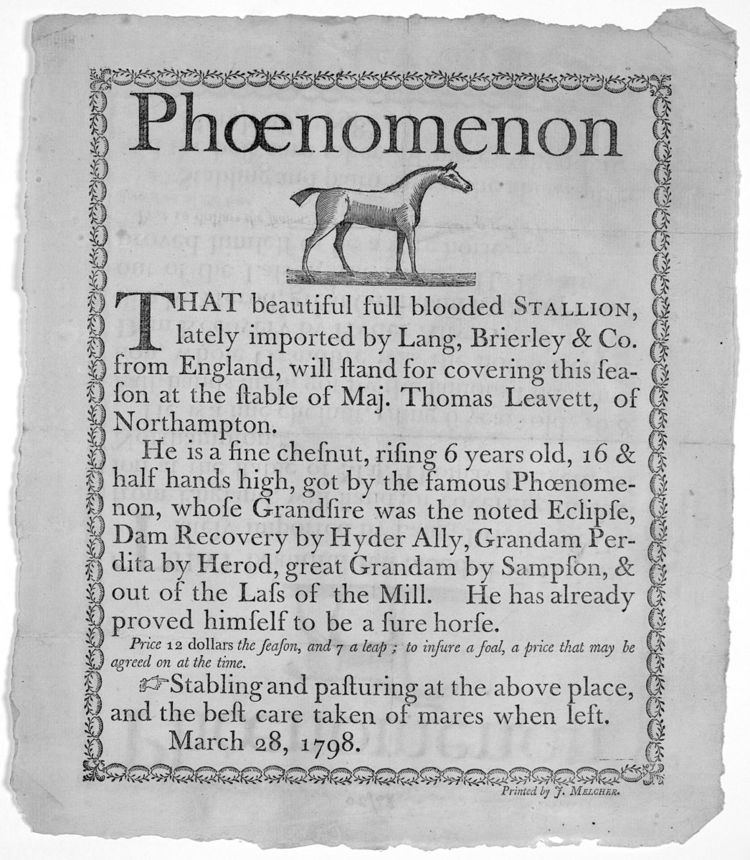 | ||
A broadside is a large sheet of paper printed on one side only. Historically, broadsides were posters, announcing events or proclamations, or simply advertisements. Today, broadside printing is done by many smaller printers and publishers as a fine art variant, with poems often being available as broadsides, intended to be framed and hung on the wall.
Description and history
The historical type of broadsides were ephemera, i.e., temporary documents created for a specific purpose and intended to be thrown away. They were one of the most common forms of printed material between the sixteenth and nineteenth centuries, particularly in Britain, Ireland and North America. They were often advertisements, but could also be used for news information or proclamations. It was also a very common format for printing the text of ballads (see Broadside (music)).
One classic example of a broadside used for proclamations is the Dunlap broadside, which was the first publication of the United States Declaration of Independence, printed on the night of July 4, 1776 by John Dunlap of Philadelphia in an estimated 200 copies. An example of a broadside used for news information is the first published account of George Washington crossing the Delaware, printed on December 30, 1776 by John Dunlap.
Broadsides were commonly sold at public executions in the United Kingdom in the 18th and 19th centuries. These were often produced by printers who specialised in them. They were typically illustrated by a crude picture of the crime, a portrait of the criminal, or a generic woodcut of a hanging taking place. There would be a written account of the crime and of the trial and often the criminal's confession of guilt. A doggerel verse warning others to not follow the executed person's example, to avoid their fate, was another common feature.
